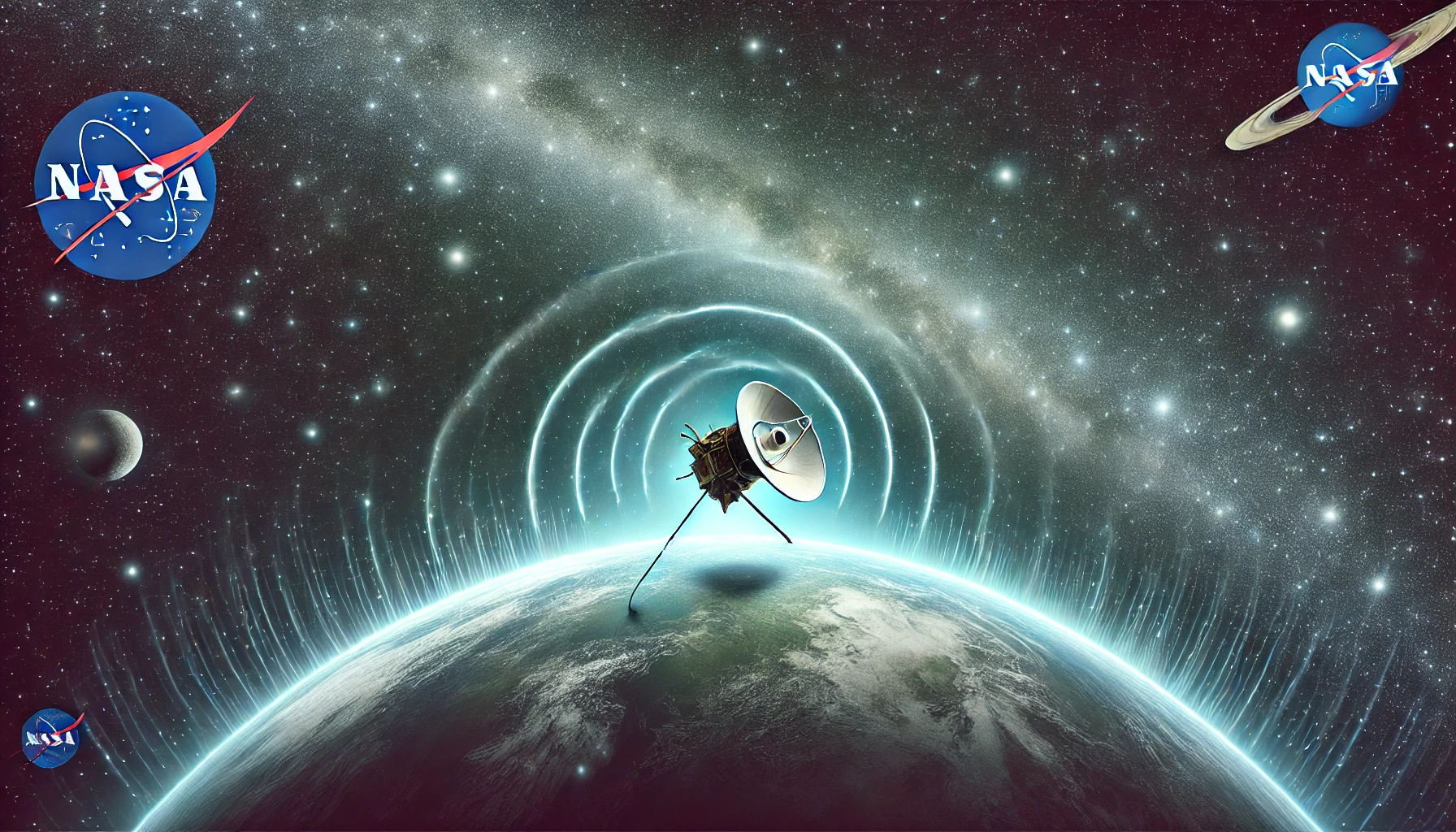The Endeavor of Amateur Astronomers
Against all the odds and in a very stunning revelation, a group of Dutch ‘backyard’ astronomers recently picked a feeble signal originating from Voyager 1 using the Dwingeloo radio telescope. This achievement shows how even individuals from such a field of endeavor as amateur astronomy can play a part in furthering the cause of space travel. Although the telescope is much smaller than the NASA’s Deep Space Network and has much less capability, the team was able to receive Voyager 1’s signal. These two effectively eliminated the technical difficulties by incorporating a new antenna and using orbit calculations to help counter the Doppler effect occasioned by the movement of the Earth relative to Voyager 1. This effort highlights how space science is a team science.
A Glimpse into Voyager 1’s Future
Over 40 years since its launch, Voyager 1 has only four functional scientific instruments still functioning on board. It took voyage into interstellar space and is likely to provide useful information for several more years. Voyager 1 stands as humanity’s weitest probe today and is symbolic of exploration that is inherent in the scientific exploration of space.
How Far Away Is Voyager 1 in Kilometers?
Nasa’s famous Voyager blue spacecraft now is 24.9 billion kilometers away from our planet that was launched forty years ago. To better appreciate this distance we can say it is about four times the distance of Pluto from our planet. Due to such a vast spatial distance, signals transmitted by the spacecraft take more than 23 hours to arrive on the planet.
What Did Voyager 1 Detect?
Since its launch in 1977 Voyager 1 has made a lot of important discoveries which can serve as goals for future missions of this series of space probes. In its first flight, the Cassini has provided important information about the two gas giants and its moons, rings and surrounding environment. Following the end of its main objective, Voyager 1 space probe entered the interstellar medium, and became the first artificial object to exit the heliosphere – the region of space dominated by the solar wind from the Sun. They have garnered a lot of useful data on cosmic rays, interstellar matter particles, and density of interstellar space.
Where Is Voyager 1 Now in 2024?
Presently, the year is 2024, Voyager 1 is on the outskirts of the solar system and is in interstellar space. It is still communicating with NASA now and still offers special information on the area that is outside the Sun’s effective orbit. Even from a distance of 24.8 billion kilometers, the accumulated data from the spacecraft improves knowledge about the universe.
Is Voyager 1 Still Transmitting?
Yes, Voyager 1 is still chugging along and sending back data to our scientists here on the home planet. However, there have been cases in the process of the journey. There were cases when communication with the spacecraft was lost; the last time this happened in October of 2024. Notably, the onboard systems of Voyager 1 fixed the problem by changing to a less powerful S-band transmitter that had been unused since ‘81. Fortunately, this signal was received by DSN of NASA which demonstrated the durability of the craft as well as the solidity of NASA’s communication systems. Engineers have since mounted a recovery to get the primary X-band transmitter back in operational form for further data acquisition and transmission.
Voyager 1 and the sister spacecraft Voyager 2 were built by NASA to continue the exploration program of the outer planets of our solar system. The project has been realized with the participation of hundreds of scientists and engineers. Launched by NASA from Florida’s Kennedy Space Centre in 1977, the Voyager project was set up by the Jet Propulsion Laboratory (JPL) in Pasadena, California. Its successful implementation is indeed a classic example of a work of art from the brain of the people involved in its creation.
Will Voyager 1 Leave the Milky Way?
Even though Voyager 1 is currently travelling a minimum of 18,000 miles away from the sun every day, it will not exit the Milky Way galaxy. The velocity which the craft was given is enough to allow the craft to coast free of the Sun’s gravity and wander through the Galaxy. However, the Milky Way is simply too large for Voyager 1 to get even close to the edge anytime soon; it will take millions of years. It’s for now, perfect for exploring our galactic neighborhood in the next few years up to a decade.
Is Voyager 2 Still Active?
Yes, Voyager 2 mission is still going on and it is still returning data back to the Earth. It also similar to Voyager 1 is now positioned outside the heliosphere and in interstellar space. But it is slightly nearer to the earth than its twin is. Still, Voyager 2’s instruments are another wonderful tool that gives us the idea of the conditions of interstellar space together with the data of Voyager 1.
